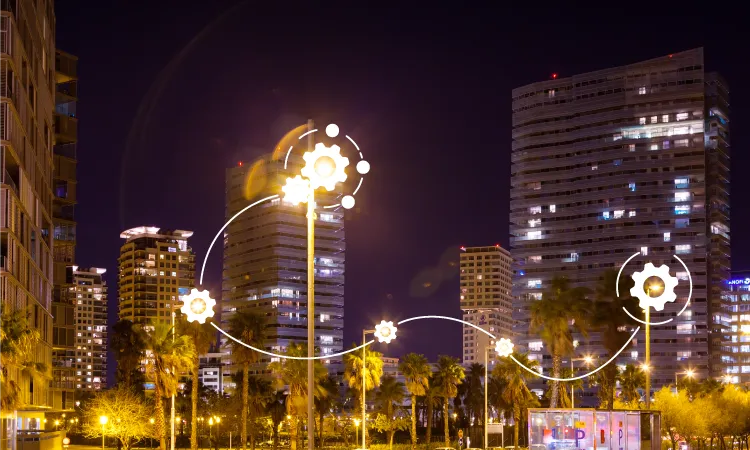Illuminating Efficiency
Urban landscapes are evolving, and amidst this transformation lies the integration of innovative technologies aimed at sustainability and operational efficiency. Smart street lighting systems are at the forefront of this change, offering energy efficiency, reduced carbon footprints, and enhanced public safety. This article outlines the essential steps to undertake a successful smart street lighting project.

